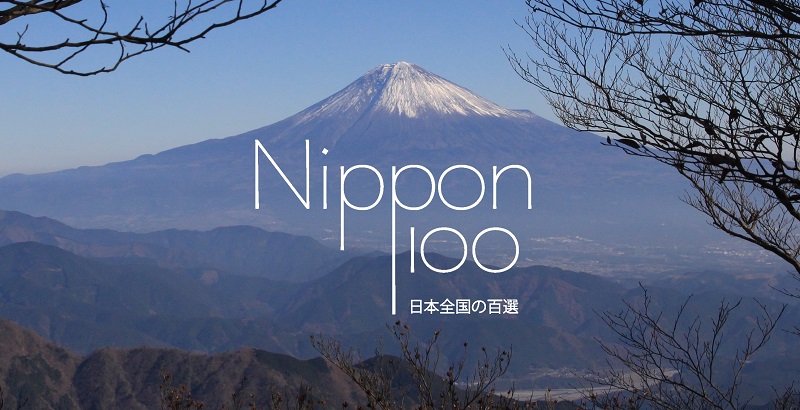North of Shimane prefecture, between the cities of Izumo and Matsue, stands Lake Shinji, the countries 7th biggest. Many fishermen are cruising the lake almost everyday, looking for the lake gem: Cornicula Japonica or Shijimi in Japanese. About 60% of the national production of the tiny shells is coming from Shinji. The lake is also famous for its sunsets, known as Japan’s best and attracting many people every evening. And many hidden treasures are to be found in Matsue…
The sunset are known to be impressive, with a deep orange all over the sky and lake, drawing the shape of Yomegashima island. At least that’s what we heard, because our stay in Matsue was a cloudy one… And if many people gathered every day at sunset time, the sky was not so impressive. But the good point is that, apart from being one of the country best sunset spot, Shinji lake is also one of the Heisei 100 landscapes, with many more to offer.


The lake is a living one, with many species of fishes and birds. And each morning (except Wednesdays and weekends), along with herons and aigrettes, many fishermen gather on lake Shinji to catch the shijimi – about 60% of the national production of the tiny shell is coming from the area.



 |
 |

The Western point of the lake is Izumo, home of Japan most important shrine. And further West is the city of Oda, home of many interesting spots such as Yunotsu onsen and Iwami Ginzan silver mine. But the Eastern side is Matsue’s one – an important city built in the first years of Edo era on a wetland and interesting on several points. For example, while being quite recent, Matsue is one of the only city in Japan who have kept until nowadays its original plan and shape with many dedicated areas.
Yet not many travelers are reaching Shimane prefecture and Matsue.


Matsue castle is one of the 12 authentic ones (meaning that the keep was not rebuilt during modern times). And since 2015, the tiny castle has been the fifth in Japan to become a National Treasure, after Inuyama, Himeji, Matsumoto and Hikone.

 |
 |

Matsue is also a city of tea, since the local lord Harusato Matsudaira built several tea houses including Meimei-An. The last one is the perfect place to try Matsue’s version of Matcha green tea – which we found more relaxed than Kyoto or Kanazawa’s. It is even possible for visitors to try to prepare Matcha with traditional tools.

 |
 |











Being built on a wetland, Matsue is home of many canals. A convenient way to discover the castle’s precincts is thus by boat (with Japanese explanation). The small boats could be used as touristic buses, with a daily tickets allowing visitors to sail when and where they want (820 yen per day for foreign tourists).
Matsue is finally home of another feature, with several pottery traditions: three styles are to be found, the Fujina, Rakuzan, and Sodeshi (see photos of the last just below).

 |
 |


How to get there?
Several options are available to reach Matsue and Lake Shinji.
First one is by plane, with regular flights from Tokyo Haneda to Izumo airport (with JAL) and to Yonago airport (with ANA). The trip is about 34000 yen, with occasional sales. Buses are running between both airports to Matsue, taking about 45 minutes.
By train, the first step would be to reach Okayama (JR Tokaido-Sanyo Shinkansen, from 3 to 4 hours) and to change there for a JR Yakumo (2h50). The whole trip is about 20000 yen, covered by JR Pass.
The last option is night buses, with a 12 hours-long direct buses running from Tokyo. From 6000 yen with Willer Express.





